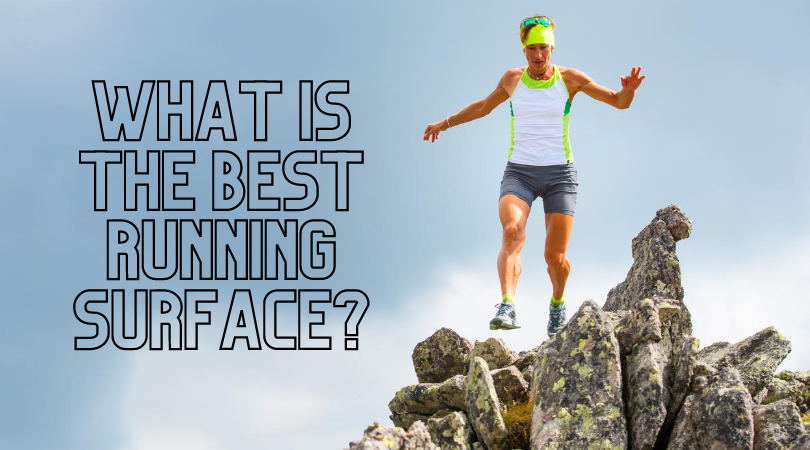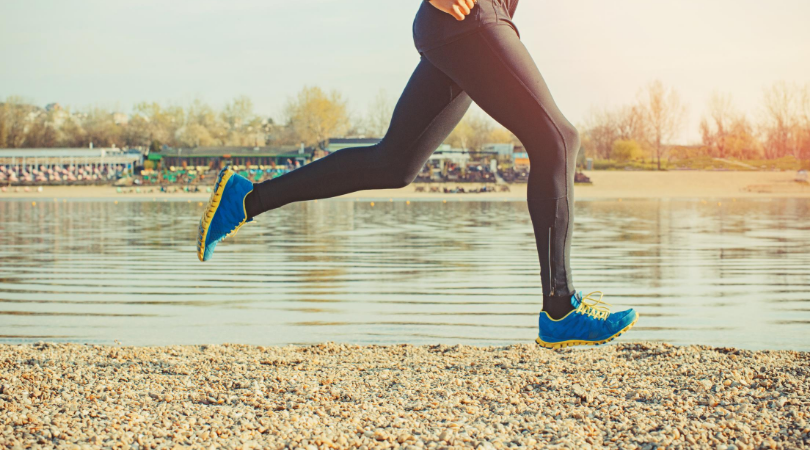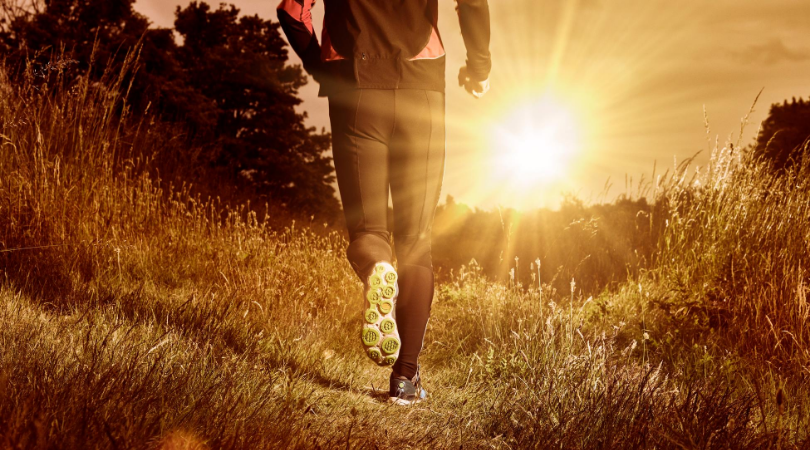Find out what is the best running surface

As a runner, learning the pros & cons of each running surface type is a huge advantage because it allows you to adapt in different circumstances. For example, throughout your career you may encounter different injuries and prepare for different races. Therefore, we should dive into the different terrains a runner encounters and learn from each one.
Running Surface #1: Pavement
The most common surface, pavement offers the best energy return due to it’s tough nature. It might surprise you but a hard surface can have a lot of advantages. For example, pushing off a firm surface ‘returns’ a lot of energy which equals greater ‘efficiency’. The downside is a very repetitive running action which I will discuss later. However, a runner might require a softer landing which pavement does not offer. So, let’s discuss grass.
Grass Running
Grass is more forgiving when impacting the ground and there are individual circumstances will aid a runner. For example, returning from a stress fracture, managing a sensitive arthritic knee or any other injury that directly relates to ground reaction force. However, it is not recommended to spend the entire training week running on grass and a combination with other surfaces can be a good option. Keep in mind you are sacrificing efficiency when choosing grass running which may increase the demand in the achilles, calf and other structures responsible for propulsion.

What about Sand?
For runners, soft sand running is rarely recommended. Firstly, the surface is too unstable and unpredictable, leaving too much demand for the foot and ankle to control. Secondly, it offers no firm ‘push-off’ and will spike the load required for the achilles and calf as they work hard to keep you moving forward. This fosters an environment for injury.
Hitting the trails
Lastly, we have trails. In most cases this offers a firm, uneven surface which fosters the healthy ‘variability’ foot placement. This is actually my favorite surface and highly recommended for all runners. The downside of running on pavement is the lack of variability, leaving the body prone to injuries from ‘repetition’ for example ITB friction syndrome. However, trauma-based injuries may occur so care is needed. The pros and cons of up-hill and down-hill running is outside the scope of this blog but I will attach references below.

In conclusion, to become a well-rounded runner to should probably spend time running on different, firm surfaces. If you require a softer landing temporarily due to injury, a slightly softer surface may provide relief.
Relevant Blogs
Relevant Podcast episodes
- The benefits of trial running with Daniel Farrugia
- How can I boost my running program with Jason Fitzgerald
